
Marino Marini was an Italian sculptor and educator.
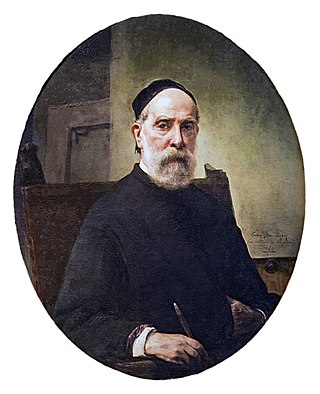
Francesco Hayez was an Italian painter. He is considered one of the leading artists of Romanticism in mid-19th-century Milan, and is renowned for his grand historical paintings, political allegories, and portraits.

The Accademia di San Luca is an Italian academy of artists in Rome. The establishment of the Accademia de i Pittori e Scultori di Roma was approved by papal brief in 1577, and in 1593 Federico Zuccari became its first principe or director; the statutes were ratified in 1607. Other founders included Girolamo Muziano and Pietro Olivieri. The Academy was named for Luke the Evangelist, the patron saint of painters.

Giacomo Manzù, pseudonym of Giacomo Manzoni, was an Italian sculptor.
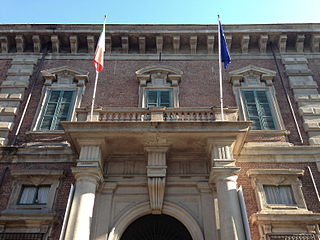
Palazzo Brera or Palazzo di Brera is a monumental palace in Milan, in Lombardy in northern Italy. It was a Jesuit college for two hundred years. It now houses several cultural institutions including the Accademia di Brera, the art academy of the city, and its gallery, the Pinacoteca di Brera; the Orto Botanico di Brera, a botanical garden; an observatory, the Osservatorio Astronomico di Brera; the Istituto Lombardo Accademia di Scienze e Lettere, a learned society; and an important library, the Biblioteca di Brera.

The Accademia di Belle Arti di Brera, also known as the Accademia di Brera or Brera Academy, is a state-run tertiary public academy of fine arts in Milan, Italy. It shares its history, and its main building, with the Pinacoteca di Brera, Milan's main public museum for art. In 2010 an agreement was signed to move the accademia to a former military barracks, the Caserma Magenta in via Mascheroni. In 2018 it was announced that Caserma Magenta was no longer a viable option, with the former railway yard in Via Farini now under consideration as a potential venue for the campus extension.

Vincenzo Pacetti (1746–1820) was an Italian sculptor and restorer from Castel Bolognese, particularly active in collecting and freely restoring and completing classical sculptures such as the Barberini Faun — his most famous work— the Hope Dionysus and the Athena of Velletri and selling them on to rich collectors as finished artefacts. He was the brother of Camillo Pacetti.
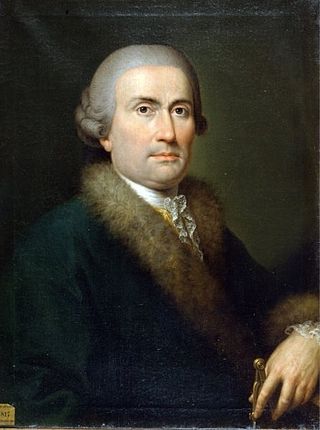
Giuseppe Piermarini was an Italian architect who trained with Luigi Vanvitelli in Rome and designed the Teatro alla Scala in Milan (1776–78), which remains the work by which he is remembered. Indeed, "il Piermarini" serves as an occasional journalistic synonym for the celebrated opera house. Piermarini was appointed professor in the Academy of Fine Arts of Brera, better known as Brera Academy, Milan, when it was formally founded in 1776.

Giuseppe Vermiglio was a Caravaggist painter from Northern Italy, active also in Rome.
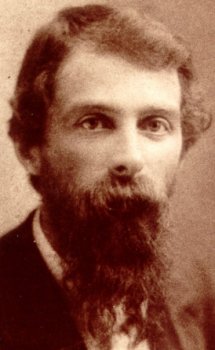
Giuseppe Pellizza da Volpedo was an Italian divisionist painter. He was born and died in Volpedo, in the Piedmont region of northern Italy.

Luca Beltrami was an Italian architect and architectural historian, known particularly for restoration projects.

Napoleon as Mars the Peacemaker is a colossal heroic nude statue by the Italian artist Antonio Canova, of Napoleon I of France in the guise of the Roman god Mars. He holds a gilded Nike or Victory standing on an orb in his right hand and a staff in his left. It was produced between 1802 and 1806 and stands 3.45 metres to the raised left hand. Once on display in the Louvre in Paris, it was purchased from Louis XVIII in 1816 by the British government, which granted it to the Duke of Wellington. It is now on display in Robert Adam's stairwell at the Duke's London residence, Apsley House.
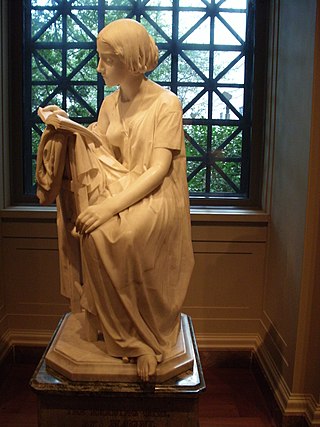
Pietro Magni was an Italian sculptor. Born in Milan, he studied at that city's Accademia di Belle Arti di Brera before moving to the workshop of Abbondio Sangiorgio. Later in his career he became influenced by Tuscan sculptor Lorenzo Bartolini, whose work he first encountered in 1837. He traveled to study in Rome, joining Giuseppe Garibaldi in 1849. He is best known for his Girl Reading, first carved in 1856; today the original may be seen in Galleria d'Arte Moderna, Milan, while copies exist in numerous other museum collections, e.g. in Palácio Nacional da Ajuda, Lisbon. Among Magni's other works are a public monument to Leonardo da Vinci on Piazza della Scala and several marble sculpture groups; he also executed statues for the Milan Cathedral in the 1860s.

Pelagio Palagi was an Italian painter, sculptor and interior decorator.

Francesco Messina was an Italian sculptor of the 20th century.

Luigi Bisi was an Italian architect and painter. He was the most notable member of an artistic family.
Cherubino Cornienti was an Italian painter, active in a Romantic style mainly in Northern Italy.
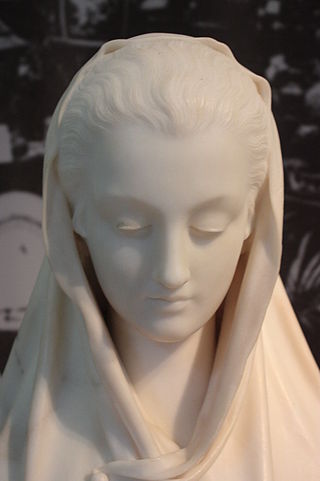
Giosuè Argenti was an Italian sculptor.
Grazia Varisco is an Italian visual artist and designer.

Sebastiano Giuseppe Locati was an Italian architect. He became famous at the turn of the twentieth century for his efforts in designing structures in eclectic and Art Nouveau styles.


















